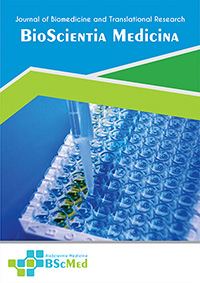Main Article Content
Abstract
Background: Colorectal adenocarcinoma (CRC) is a prevalent malignancy with a high recurrence rate, necessitating multimodal treatment strategies. Chemotherapy regimens like FOLFOX (folinic acid, fluorouracil, oxaliplatin) and FOLFIRI (folinic acid, fluorouracil, irinotecan) are crucial components of this approach. This study aimed to analyze treatment patterns, side effects, and treatment response of FOLFOX and FOLFIRI in a real-world cohort of CRC patients.
Methods: A retrospective observational study was conducted on CRC patients who received FOLFOX or FOLFIRI between January 2020 and December 2023. Data on demographics, disease stage, chemotherapy regimen, side effects, comorbidities, and treatment response were collected from electronic medical records.
Results: A total of 146 patients were included. The majority were male (57.5%) with a mean of age 58.4 years. Most tumors were located in the rectum and sigmoid (75.3%), with over 50% of patients presenting with stage IV disease. FOLFIRI was the most common regimen (45.9%), followed by FOLFOX (36.3%). Common side effects included nausea, vomiting, decreased appetite, and hair loss. Hypertension was the most prevalent comorbidity. A total of 79.5% of patients were alive after chemotherapy.
Conclusion: This study provides insights into the real-world treatment patterns and outcomes of FOLFOX and FOLFIRI in CRC patients. The choice of regimen appears to be influenced by factors such as disease stage and patient characteristics. Further research is needed to compare the efficacy and safety of these regimens and identify optimal treatment strategies for specific patient subgroups.
Keywords
Article Details
As our aim is to disseminate original research article, hence the publishing right is a necessary one. The publishing right is needed in order to reach the agreement between the author and publisher. As the journal is fully open access, the authors will sign an exclusive license agreement.
The authors have the right to:
- Share their article in the same ways permitted to third parties under the relevant user license.
- Retain copyright, patent, trademark and other intellectual property rights including research data.
- Proper attribution and credit for the published work.
For the open access article, the publisher is granted to the following right.
- The non-exclusive right to publish the article and grant right to others.
- For the published article, the publisher applied for the Creative Commons Attribution-NonCommercial-ShareAlike 4.0 International License.





